All About Brushes: Eyes
It’s time for yet another installment of the All About Brushes series, this time with eye brushes. Once again there are a ridiculous variety of eye brushes, so I’ll be grouping these into general categories, with some notes on how I use them.
Pointed: Pointed brushes – also called pencil brushes – are usually dense and fairly small. The shape lets you place shadow in small areas, like the inner and outer corners, or along the lash lines. Depending on the hair type, you can also use them for detailed concealing on the face.
Flat: Flat brushes are perfect for covering larger areas. Large ones can quickly apply primer or a neutral base to the entire eye area, and smaller ones can pack color onto the lid in a few swipes. For powder I like to use natural hair that tapers a bit toward the tip, since it has a lot of surface area for the powder to cling to. Very flat synthetic brushes are my preferred tool for getting even coverage with cream shadow formulas.
Domed: Domed brushes are similar to pointed/pencil eyeshadow brushes, but don’t come to quite as much of a point at the tip. This shape is a little more precise than a flat brush, so I like it for applying shadow in the crease, especially for dramatic looks where I need to control the shape. Stiff domed brushes also work very well for blending cream or pencil eyeshadows that set quickly.
Tapered: Tapered brushes are amazingly versatile little creatures. Using the side you can apply shadow, or use the tip for more precision. The slightly pointed shape fits nicely into the crease. The softer, more fluffy ones can also blend as well as apply.
Blending: Blending brushes come in lots of shapes and sizes (as you can see above), but they tend to be fluffy and quite a bit longer than they are wide. This lets them push shadow around without wiping it all off. Longer bristles will have more movement and generally push the product around less, while shorter, more springy bristles can help shape the eyeshadow as it blends. The size you pick will depend on what area you’re blending in – outer edge of the crease, lash lines, between colors on the lid, etc.
Script Liner: Script liner brushes are very small with fine points that are meant to be used with cream or gel eyeliner. Using the tip lets you draw an extremely thin line and get a sharp wing, or you can use the side of the brush for a thicker line. It’s important with this type of the brush for the bristles not to splay out, since that can result in a not-so-clean line with your eyeliner.
Push Liner: Push liner (or flat liner) brushes are flat with a squared-off tip. They can be used for tightlining or applying gel/cream liner. They come in various sizes, but I prefer a very small one for more control over placement.
Still have questions about eye brushes, or a favorite you’d like to share? Leave a comment below!
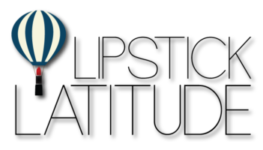
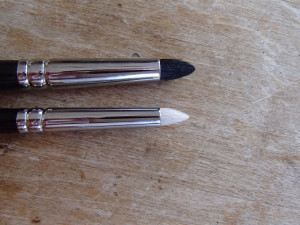
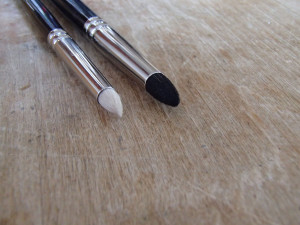
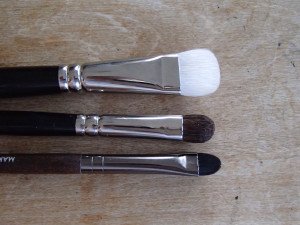
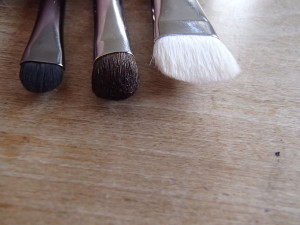
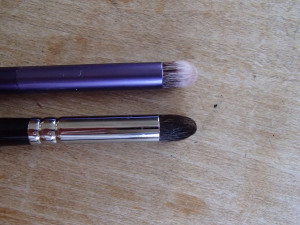

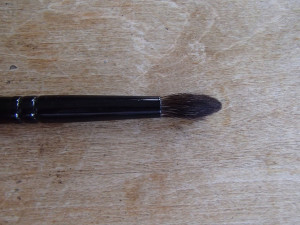
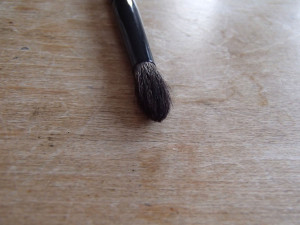
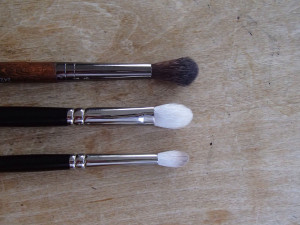
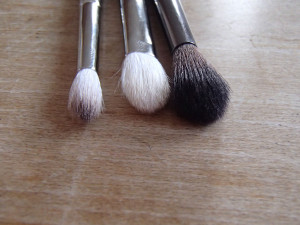
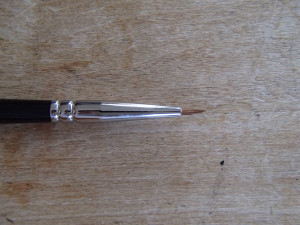
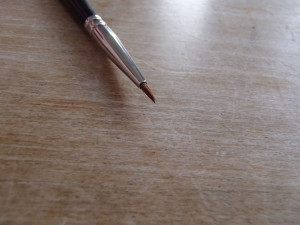
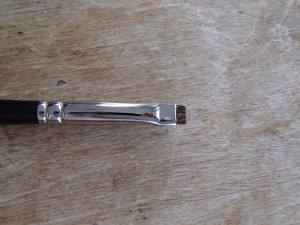
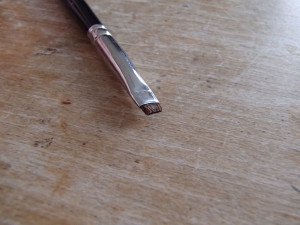
Leave a Reply